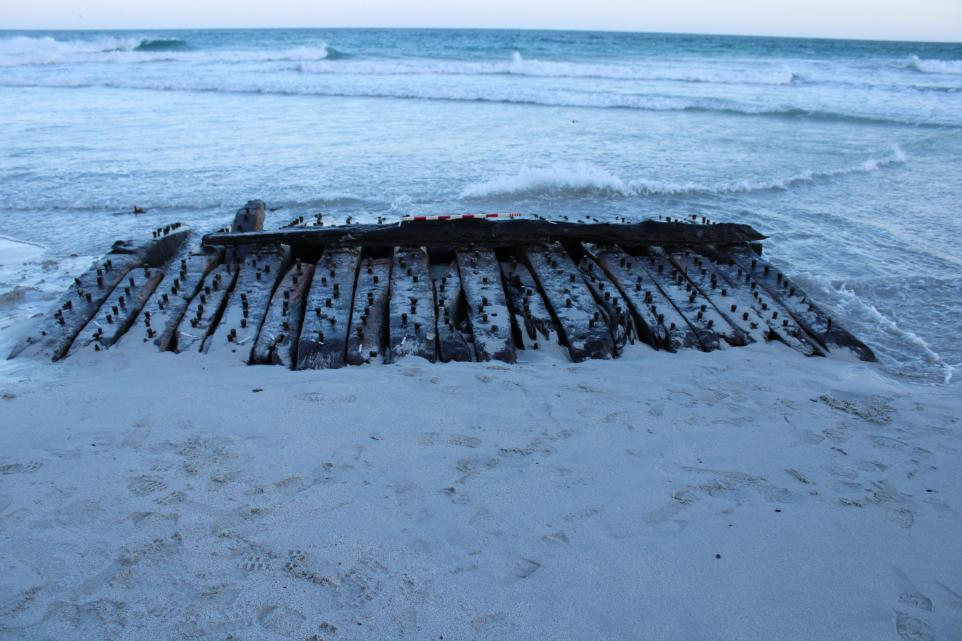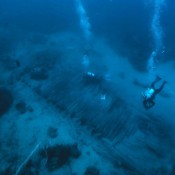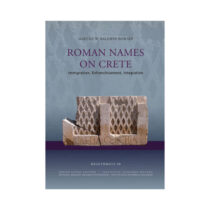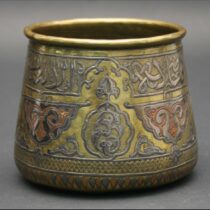A shipwreck revealed on Sanday, one of Scotland’s Orkney Islands, has now been identified as the Earl of Chatham, an 18th-century vessel originally commissioned by the Royal Navy as HMS Hind, a 24‑gun frigate built in 1749. The remains were exposed in February 2024, after winter storms swept away the covering sand.
Local volunteers—including farmers—hauled away roughly 12 tons of oak timbers from the beach. Researchers then used dendrochronology—tree-ring dating—to trace the wood’s origin to southern England in the mid‑18th century. Cross-referencing archival records narrowed the ship’s identity down, leading to the conclusion that it was indeed the HMS Hind, later sold and renamed the Earl of Chatham.
Originally serving during the Sieges of Louisbourg and Quebec in the French and Indian War and later escorting convoys during the American Revolutionary War, HMS Hind was decommissioned in 1784. It then served as a whaling vessel in Arctic waters under its new name. In March 1788, caught in a storm near Sanday, it wrecked off Bay of Lopness—yet impressively, all 56 crew members survived.
The timbers are now preserved in a freshwater tank at the Sanday Heritage Centre, and local authorities are planning to put them on permanent display. The project exemplifies community-driven archaeology and highlights how shifting coastal conditions driven by climate change may expose further historic wrecks in future years.




